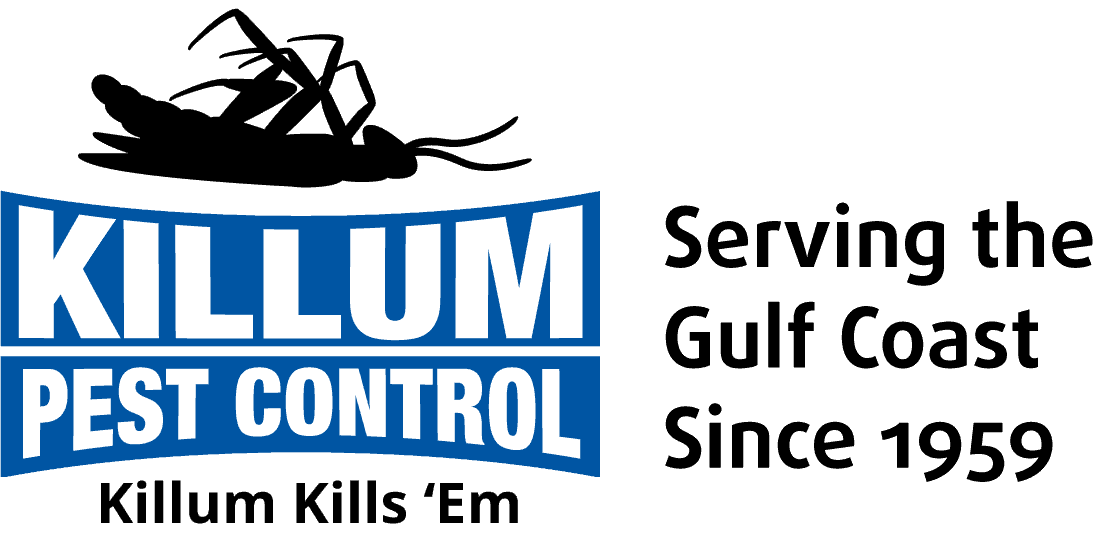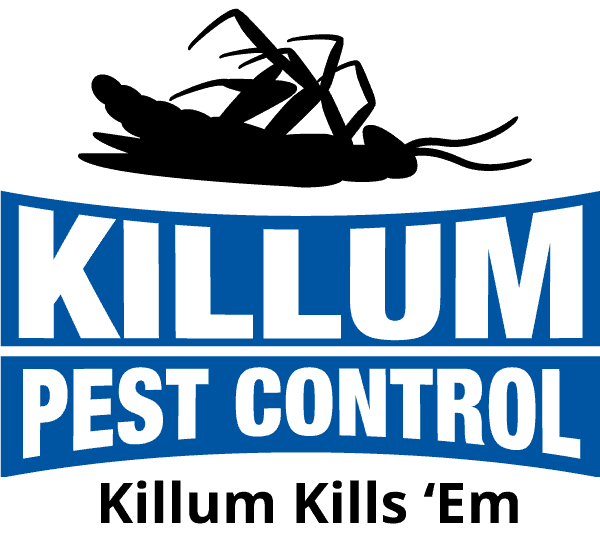Mosquitoes may be tiny but can cause significant problems, especially in Texas. Mosquitoes thrive nearly year-round with the state’s warm temperatures and humid climate. These pesky insects are more than just a nuisance; they pose serious health risks that everyone should be aware of.
In Texas, mosquitoes are responsible for spreading various diseases, including West Nile virus, Zika virus, and even dengue fever. Whether you’re a homeowner or a business owner, these tips will help you protect yourself and your loved ones from the dangers of mosquitoes.
Common Types of Mosquitoes in Texas
Texas is home to various types of mosquitoes, but a few species are particularly troublesome. Understanding these common culprits can help you better protect yourself and your family.
1. Aedes Aegypti:
Often called the yellow fever mosquito, Aedes aegypti is known for its distinctive white markings on its legs and a lyre-shaped pattern on its thorax. This aggressive daytime biter is capable of transmitting diseases like Zika, dengue fever, and chikungunya.
2. Culex Mosquitoes:
The Culex species, including Culex quinquefasciatus, is commonly found in Texas. These mosquitoes are most active at dawn and dusk. Known as the southern house mosquito, it is a primary vector for West Nile virus and encephalitis.
3. Aedes Albopictus:
Also known as the Asian tiger mosquito, Aedes albopictus has distinct black and white stripes on its body and legs. Like Aedes aegypti, this mosquito is a daytime biter and can transmit Zika, dengue, and chikungunya viruses.
By recognizing these common types of mosquitoes, you can take specific actions to control their populations and protect your health.
Health Risks Associated with Mosquitoes
Mosquitoes are more than just annoying pests; they pose significant health risks. Various diseases transmitted by mosquitoes can have severe health impacts.
1. West Nile Virus:
West Nile virus is one of the most common mosquito-borne diseases in Texas. Culex mosquitoes primarily carry it. Symptoms can range from mild flu-like symptoms to severe neurological issues, including meningitis and encephalitis.
2. Zika Virus:
Zika virus is transmitted mainly by Aedes aegypti and Aedes albopictus mosquitoes. While the symptoms are usually mild, including fever, rash, and joint pain, Zika is particularly dangerous for pregnant women as it can cause birth defects.
3. Dengue Fever:
Dengue fever is another serious health risk associated with Aedes mosquitoes. Symptoms include high fever, severe headache, pain behind the eyes, joint and muscle pain, and rash. Severe cases can lead to dengue hemorrhagic fever, which can be fatal.
4. Chikungunya:
Aedes mosquitoes transmit the chikungunya virus, which causes symptoms similar to dengue, such as fever and joint pain. The joint pain can be debilitating and last for weeks or even months.
Understanding these health risks emphasizes the importance of taking preventative measures to reduce mosquito populations and protect public health.
Preventative Measures to Reduce Mosquitoes
Reducing the mosquito population around your home and community is crucial for minimizing the risks associated with these pests. Here are some effective preventative measures anyone can take:
1. Eliminate Standing Water:
Mosquitoes breed in standing water, so it’s essential to regularly check and eliminate sources of stagnant water around your property. This includes bird baths, flower pots, gutters, and even puddles after rainfall.
2. Maintain Landscaping:
Keep your lawn trimmed and bushes well-maintained. Tall grass and overgrown plants provide ideal resting spots for mosquitoes. Regularly mow your lawn and trim shrubbery to reduce these hiding spots.
3. Use Mosquito-Repellent Plants:
Planting mosquito-repellent plants like citronella, lavender, and marigolds can help keep mosquitoes at bay. These plants naturally repel mosquitoes and can significantly add to your garden or patio area.
4. Install Screens:
To prevent mosquitoes from entering your home, make sure windows and doors have tight-fitting screens. Repair any tears or holes in existing screens to keep them effective.
5. Use Mosquito Traps:
Mosquito traps can reduce the mosquito population around your home. These traps attract mosquitoes and then capture or kill them, helping to keep your outdoor areas more mosquito-free.
By following these preventive measures, you can significantly reduce the number of mosquitoes around your home and community, making your environment safer and more comfortable.
Effective Mosquito Control Solutions
Even with the best preventive measures, professional mosquito control solutions are sometimes necessary to effectively manage and reduce mosquito populations. Here are some proven mosquito control methods:
1. Chemical Treatments:
Professional pest control companies can apply chemical treatments to reduce mosquito populations. These treatments can be targeted to specific areas, like around water features or dense vegetation, where mosquitoes are likely to breed and rest.
2. Biological Control:
Introducing natural predators of mosquitoes, like fish that eat mosquito larvae, can help control their numbers. Gambusia, also known as mosquito fish, is an effective biological control method for ponds and other bodies of water.
3. Misting Systems:
Misting systems can be installed in your yard to mist insecticides that kill mosquitoes on contact regularly. These systems are automated and can be adjusted to mist at times when mosquitoes are most active.
4. Insect Growth Regulators (IGRs):
IGRs are chemicals that prevent mosquito larvae from developing into adult mosquitoes. Applying IGRs to known breeding grounds allows you to break the mosquito life cycle and reduce their population over time.
5. Public Health Initiatives:
Community-wide mosquito control initiatives, such as coordinated fogging and larviciding projects, can significantly reduce mosquito populations in larger areas. These initiatives often involve local government and public health agencies working together.
These mosquito control solutions can help you effectively manage and reduce mosquito populations, ensuring a safer and more comfortable living environment.
Conclusion
Understanding the dangers posed by mosquitoes in Texas is the first step in protecting yourself and your loved ones. These tiny pests are more than bothersome; they can carry serious diseases that impact your health. By identifying the common mosquito species in Texas and being aware of the health risks they bring, you can take proactive steps to minimize their presence around your home and community.
Preventative measures like eliminating standing water, maintaining landscaping, and using mosquito-repellent plants can help reduce mosquito populations. However, when these measures aren’t enough, turning to professional mosquito control solutions can provide the extra protection you need.
Protecting yourself from mosquitoes requires a combination of good practices and professional help. To keep your home and community safe from mosquitoes, contact Killum Pest Control, Inc. Our expert team can provide the residential pest control services you need to enjoy a mosquito-free environment. Call us today to learn more about our services and how we can help you stay protected.





